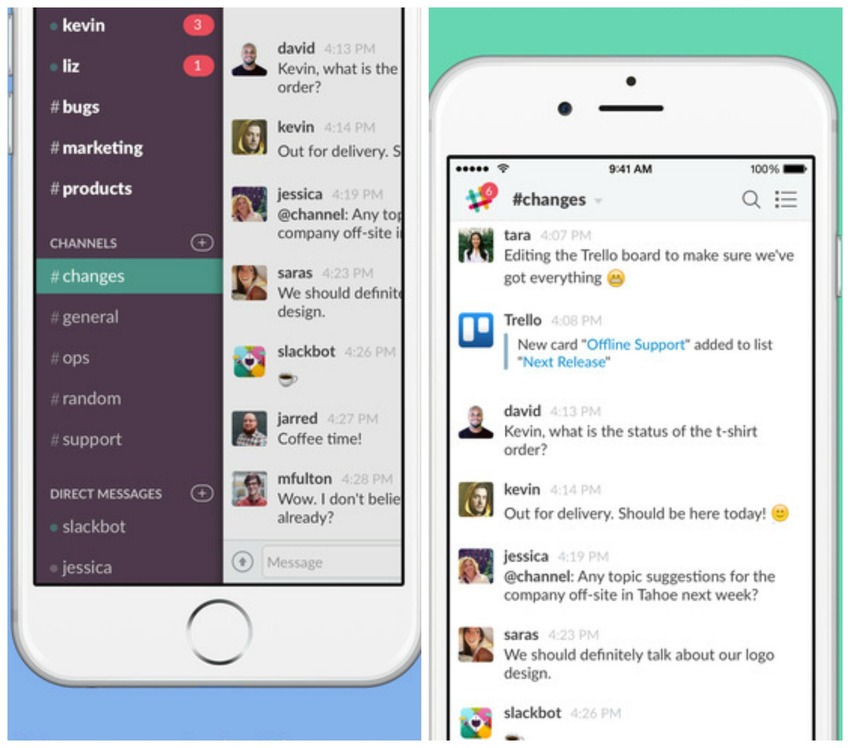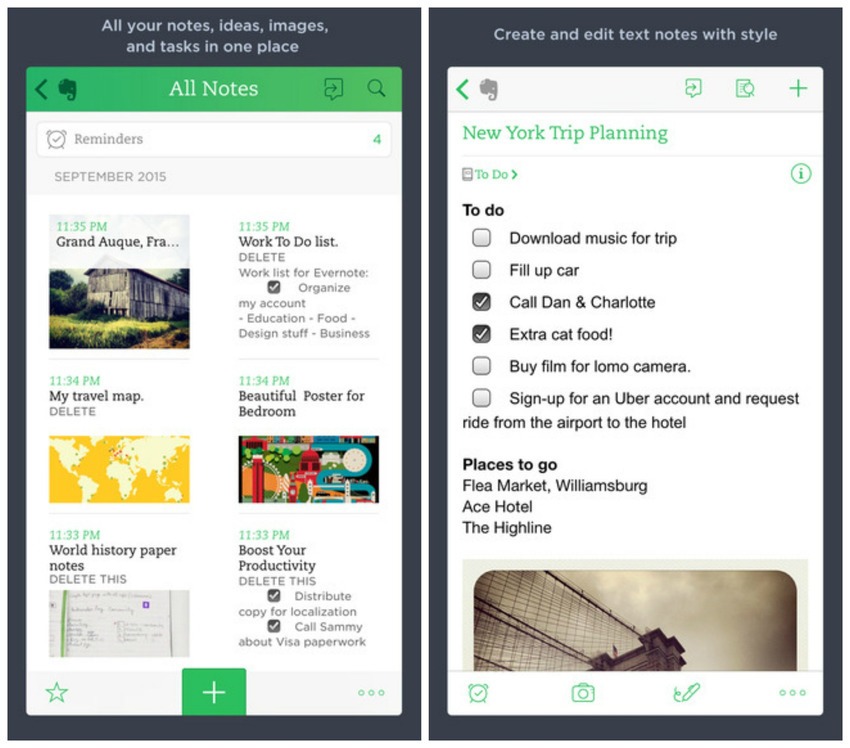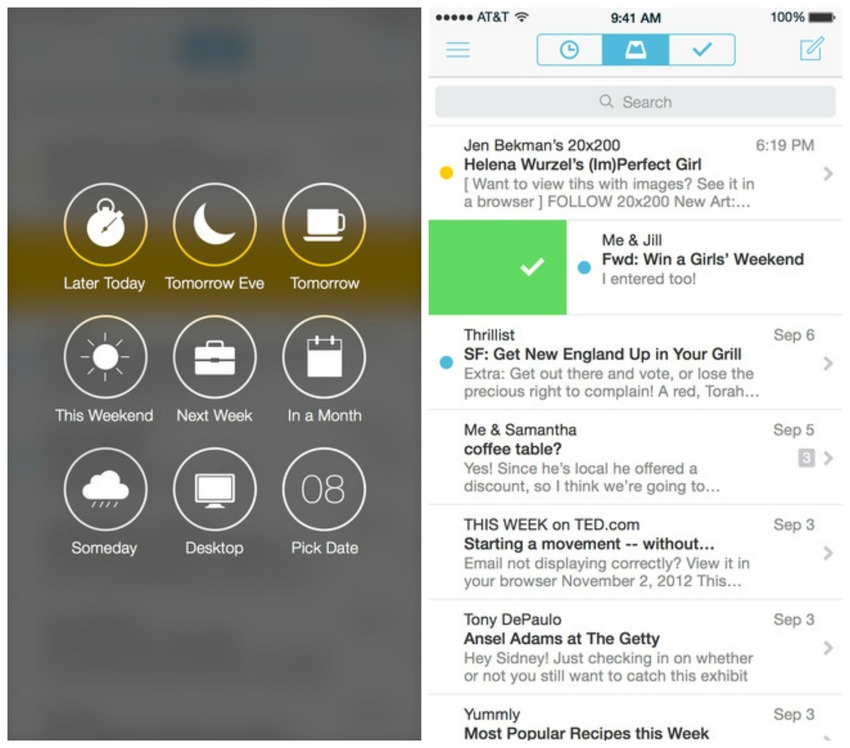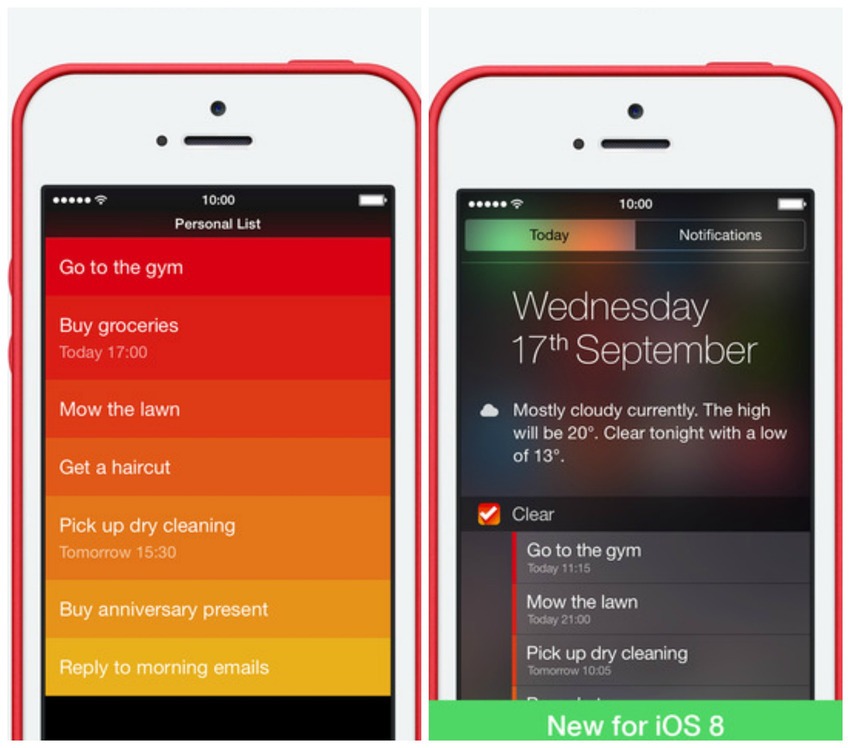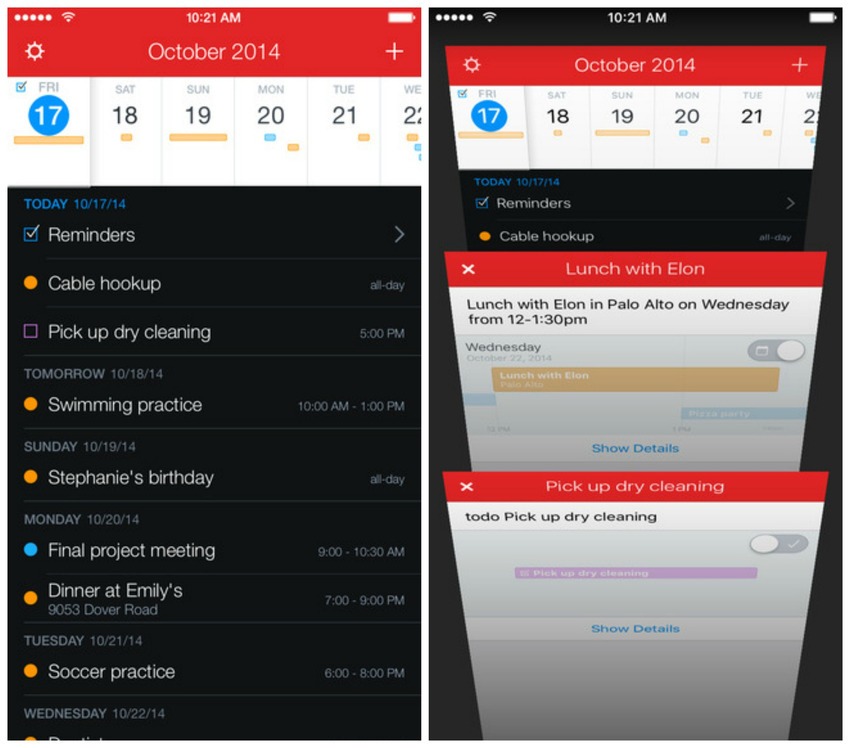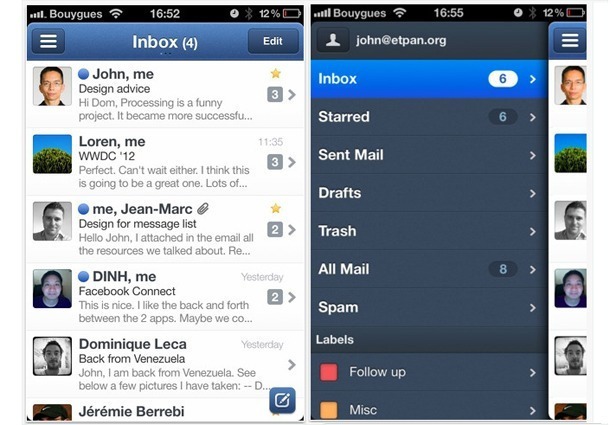
The tech world giveth, the tech world taketh away. Every year, we say goodbye to products and services that ended up leaving the digital (and sometimes physical) realm, because of acquisitions, changes in product strategies, a company going out of business or just the passing of time.
Let’s reflect on the tech we’ve lost in 2015.
RIP music services: Rdio, Zune Music Pass, Songza, Beats Music
The music stopped playing for a number of music services in 2015.
After acquiring the Beats Music streaming service as part of Beats in 2014, Apple officially shut down the service on Nov. 30, 2015. But it’s not a big deal — many of the elements that made Beats Music great (including playlists) are available for Apple Music, its proper successor. Apple Music is available on iOS, Android, Mac and Windows, and Beats Music subscribers were able to move their picks and preferences over to the newer service.
Similarly, Google announced it will be shutting down Songza at the end of Jan. 2016. Songza was one of our favorite streaming radio services and its mood and event-based playlists live on as part of the radio feature in Google Play Music.
Remember Zune? Microsoft’s ill-fated iPod competitor? Years after killing off the poor-selling device, the company still maintained its Zune Music Pass subscription service. As of Nov. 2015, the company officially retied the service. Users have the ability to convert a Zune Music Pass into a Groove Music Pass.
Of course, not all services got to live on in some way. Rdio — which once hoped to be Spotify before Spotify launched in the U.S. — died in 2015. The service had a small, but loyal group of subscribers, and despite being a solid product, the service was never able to really compete with the likes of Spotify.
After filing for bankruptcy, Rdio’s assets were acquired by Pandora in November. It’s possible that Pandora may revive certain Rdio features in a future on-demand streaming product in the future, but for current Rdio users — the music really did stop.
Graveyard of productivity: Mailbox, Tempo, Sunrise, Carousel
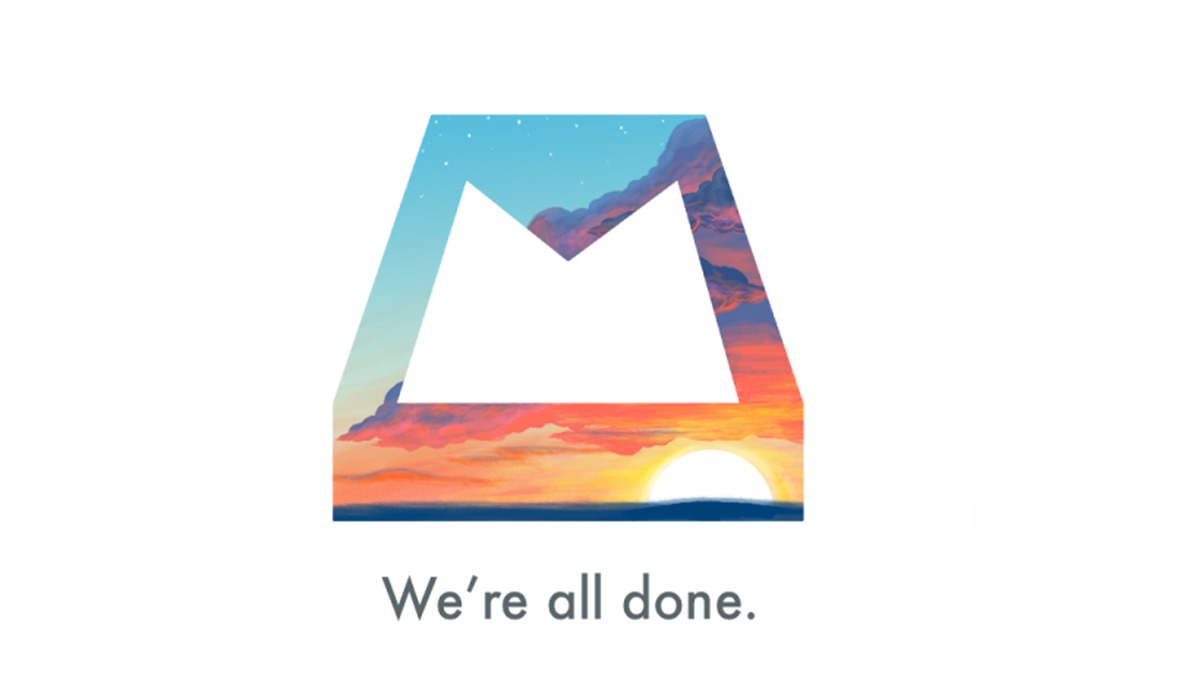
In 2013 and 2014, lots of startups were focused on remaking productivity apps. An entire cottage industry of apps was focused on making it easier to manage email and deal with calendar entries.
A few years later, it turns out the productivity app space is a tough place to be.
In December, Dropbox announced that it would be shuttering Mailbox — an email app it acquired for more than $100 million back in 2013 — as well as a photo manager app, Carousel in early 2016.
The fate of Mailbox, which was a much-loved and much-hyped service even before the Dropbox acquisition, shows that success doesn’t always last.
Calendar apps had a weird 2015, too. Sunrise — a popular calendar app — was acquired by Microsoft in 2015. The company announced in October that it would be discontinuing the standalone Sunrise app and building it into its existing Outlook app. Fortunately, Microsoft has a pretty great track record of acquiring productivity apps and making them better — and though Sunrise fans may be disappointed, this means Outlook app users are probably about to get a great calendar experience.
The same can’t be said for Tempo — another smart calendar app. After being acquired by Salesforce in May, the calendar service was shut down.
So long, Facebook Creative Labs

Image: Mashable composite. Slingshot
Facebook has tried its hands at a number of smaller app experiments over the years. Last year, we saw the death of Facebook Poke. This year, the company shut down its Creative Labs division, which was responsible for forgettable apps such as Slingshot, Rooms and Riff.
Tata, Topsy and HopStop
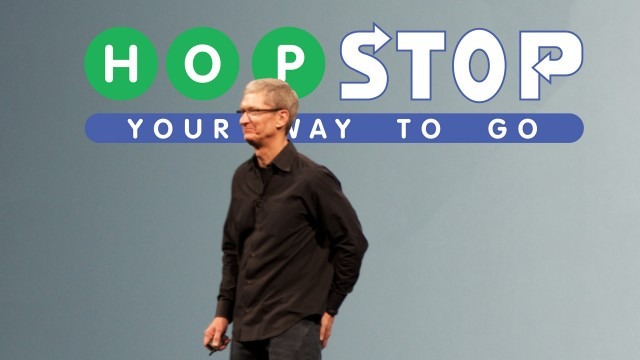
When Apple acquires a company, its rare that it continues to exist as its own entity (Beats’ hardware division is a notable exception). That’s why it shouldn’t be a surprise that two services Apple acquired back in 2013, HopStop and Topsy, are now gone.
HopStop was a great transportation app that helped users navigate mass transit in various cities. What made the app unique was that it would tell you the right entrance to get on a train to be closest to your destination.
The service was shuttered in Sept. 2015, not long after the release of iOS 9, which included a brand new version of Apple Maps with transit integration.
As for Topsy, the social analytic service was formally shut down in Dec. 2015. It’s not clear how Apple is using Topsy data or patents — but we still think it’s safe to say it’s part of Siri and the new Apple TV in some way.
Farewell, Firefox OS, Amazon Fire Phone

A big lesson of 2015 (and 2014. And 2013. And 2012.) was that its hard to sell a phone if it isn’t running Google Android or iOS.
After disastrous sales and a tepid perception, Amazon killed off the Fire Phone — its attempt to disrupt the smartphone space. No one cared.
Similarly, after years of attempting to find its footing in the emerging world, Mozilla killed off its Firefox OS and Firefox Phone projects in 2015.
Twitter Stars

Image: Bob Al-Greene, Mashable
Twitter replaced stars with favorites in 2015 and plenty of us still aren’t over it.
Bye, Betamax
Sony officially stopped shipping Betamax tapes in Nov. 2015. The most amazing thing about this story wasn’t that Sony stopped selling Betamax tapes — it’s that it still sold them at all.
As a consumer format, Betamax died in the 1980s. Still, the format persisted in the broadcast world for another 30 years. In fact, Betamax tapes outlived VHS tapes. Talk about irony.
Bad news for news apps: Circa, Prismatic

For the last five years, lots of companies have tried to reinvent how we get the news.
Most of the time, those attempts have been in one of two categories: a platform for news publishing or a new kind of news reader and aggregator.
Circa, which was founded in 2011, wanted to be both. It had big ambitions for changing the way users consumed news. The idea was to change the way news was delivered, focusing on breaking news chunks with an AP-like style.
The plan was ambitious — but it ultimately failed. And although Circa as a brand will be revived in 2016 by Sinclair Broadcasting, its original vision and app is dead.
Another news casualty in 2015 was Prismatic. A personalized newsreader (read: Flipboard clone), Prismatic announced it will be shutting down on Dec. 20, 2015.
Adobe Flash
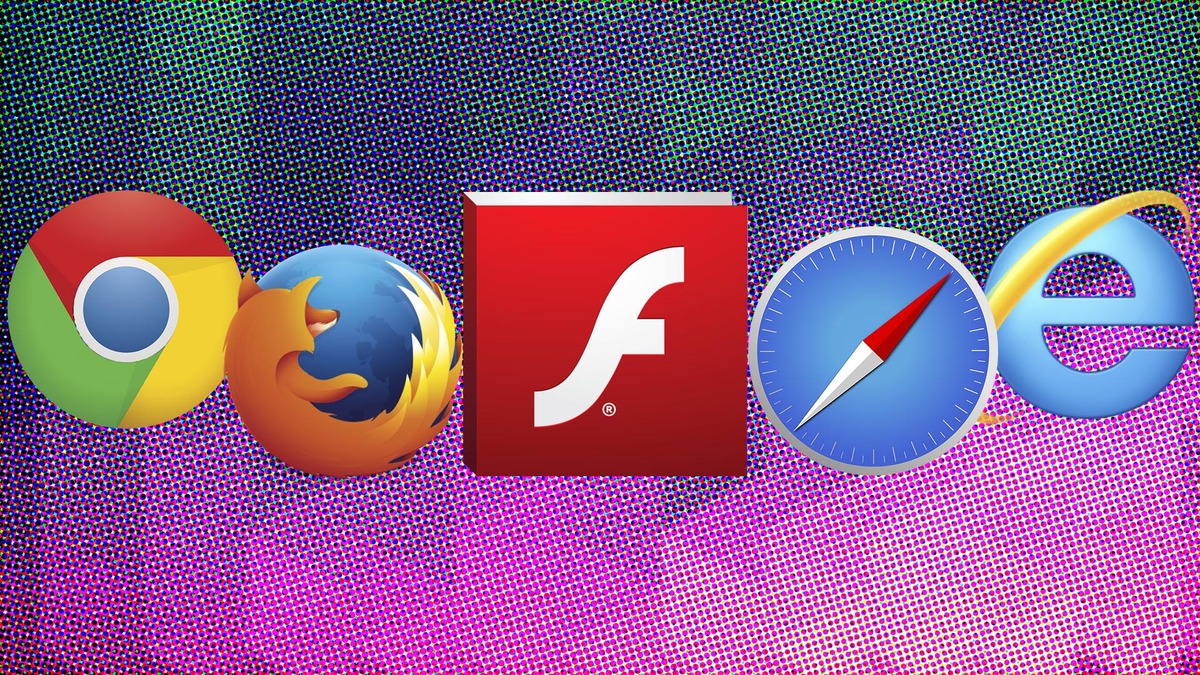
Image: Mashable composite.
OK, Flash as a web technology didn’t die in 2015 — at least, not officially — but the format is definitely on its deathbed. With Apple and Microsoft both not installing it by default on their operating systems (a special version is built into Google Chrome) and with continual security vulnerabilities, the technology that helped bring video playback to the web has really outlived its usefulness.
Even Adobe knows this. In 2015, it rebranded its Flash creation tool, Adobe Flash Professional as Adobe Animate CC.
And although Flash developers can still export in the Flash format in Adobe Animate CC, it’s clear Flash is on life support. Adobe really, really, really wants everyone to move to HTML5.
No pearl in the Oyster
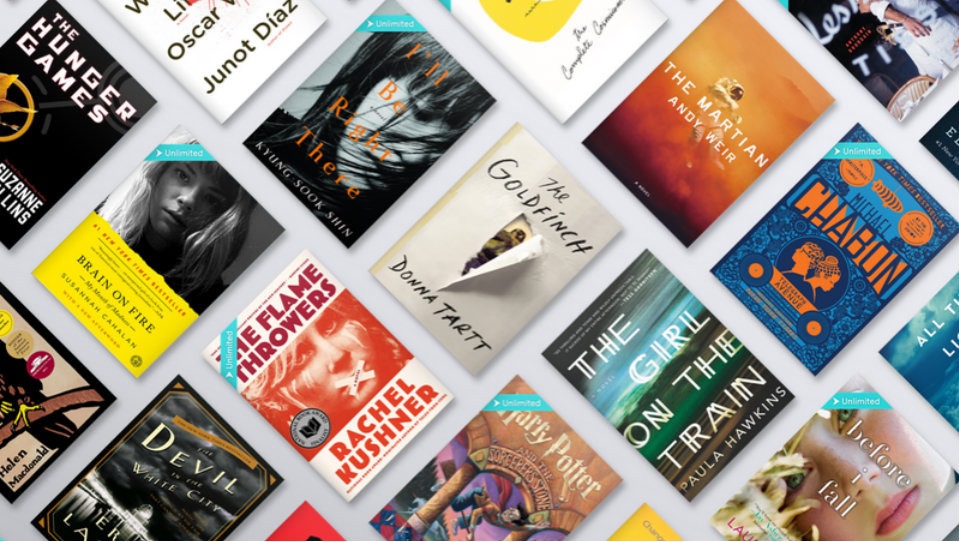
The so-called Netflix for books, Oyster, announced it would be shutting down in Jan. 2016. Most of the staff had already moved to Google to work on Google Play bookstore, but the core product — an e-book subscription service — no longer exists.
If you want a book subscription service, Scribd and Amazon still work.
Goodbye, Google+
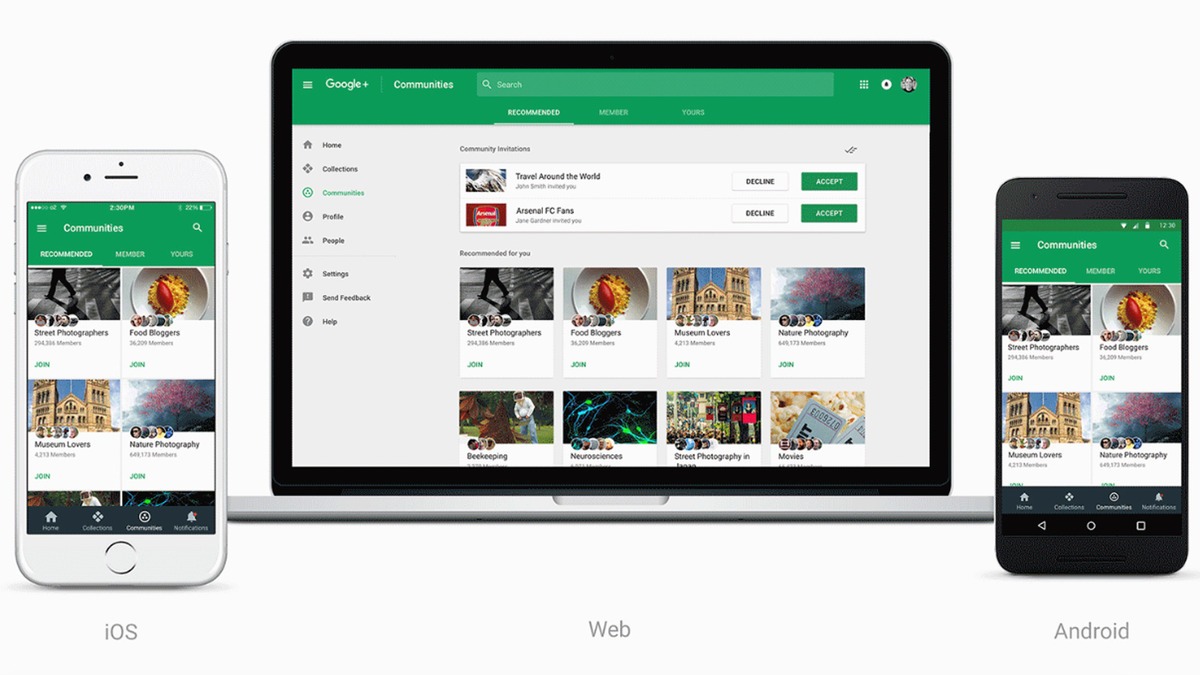
True, Google hasn’t officially killed Google+, but it drastically changed the service.
After more than four years of efforts to build a social network, Google all but gave up on Google+, morphing it from a wannabe-Facebook to a wannabe-Pinterest.
I could write at length about why Google+ failed — and why I don’t expect the brand to live beyond 2016 — but I don’t have to. Mashable’s Seth Fiegerman already wrote the definitive story earlier this year.
Have something to add to this story? Share it in the comments.
